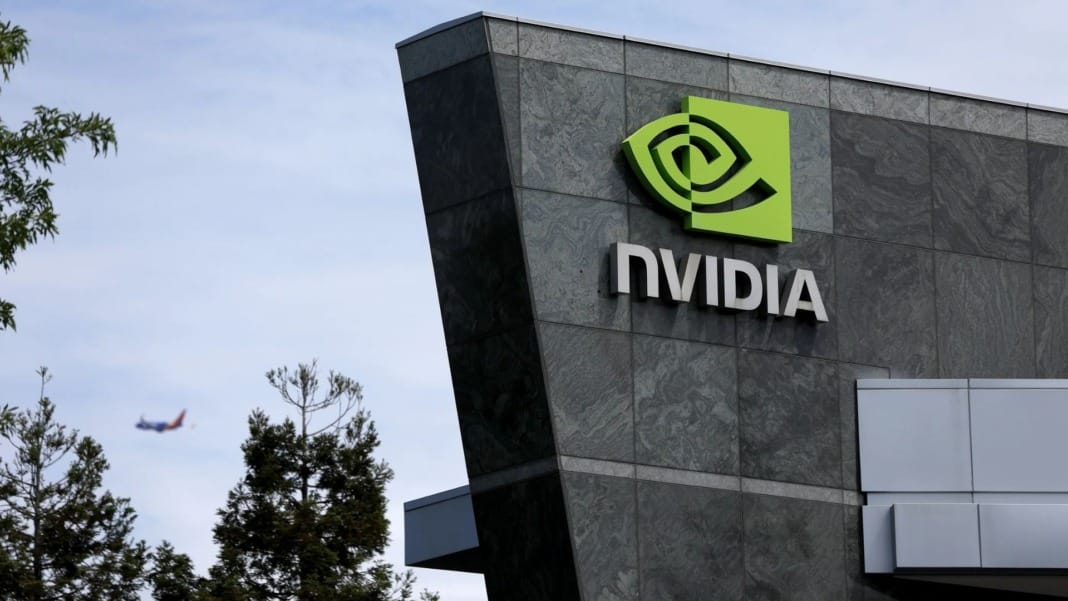In 1997, Nvidia was a budding company with big ambitions, far removed from the tech giant it is today. At the time, its CEO, Jensen Huang, delivered a fiery statement that revealed the high-stakes competition with Intel, a dominant force in the tech industry. His words, shared during an all-hands meeting following the launch of Nvidia’s RIVA 128 graphics card, have resurfaced in an excerpt from The Nvidia Way, a new book by columnist Tae Kim.
A fight for survival in the late 1990s
The late 1990s were a precarious time for Nvidia. The company had just launched its RIVA 128 graphics card, a milestone product that marked its early success in the burgeoning graphics market. However, Intel quickly responded with the i740, a graphics card boasting an 8MB frame buffer—double the 4MB offered by the RIVA 128. This competitive pressure sparked a fierce rivalry between the two companies.
During the meeting, Huang addressed the Nvidia team with a bold and defiant message:
“Make no mistake. Intel is out to get us and put us out of business,” he reportedly said. “They have told their employees, and they have internalised this. They are going to put us out of business. Our job is to kill them before they put us out of business. We need to go kill Intel.”
This aggressive approach reflected the intense pressure Nvidia faced at the time as it navigated its path through a highly competitive industry. The company’s internal culture mirrored this urgency, with employees often working long hours alongside their relentless CEO. According to the excerpt, Huang himself worked 15-hour days and maintained an intense focus on performance, sometimes unloading his frustrations on colleagues first thing in the morning.
From the underdog to an industry leader
Fast-forward to today, Nvidia has become one of the most valuable companies in the world, with a market capitalisation of US$3.5 trillion. It frequently competes with tech giants Apple and Microsoft as the wealthiest company globally. This remarkable transformation underscores Nvidia’s meteoric rise from a scrappy upstart to a global powerhouse in the tech industry.
Meanwhile, once the giant Nvidia had to fight for survival, Intel was now grappling with significant financial challenges. The tables have turned dramatically. Nvidia’s CEO, Jensen Huang, now has a personal net worth surpassing that of Intel itself.
Intel’s dominance in the PC market in the 1990s mirrored Nvidia’s current position as a leader in graphics technology and artificial intelligence. This shift in fortunes raises an intriguing question: who might be positioning themselves to challenge Nvidia’s crown in the future?
A glimpse into a pivotal era
The excerpt from The Nvidia Way offers a rare glimpse into the company’s early days, showcasing the grit, determination, and occasional chaos that defined its culture. It also reminds us how the tech industry’s landscape can shift dramatically over time as companies rise and fall based on innovation, strategy, and leadership.
As the book’s full release approaches next month, it promises to provide more insight into Nvidia’s remarkable journey and the fierce rivalry that shaped its rise.





